
Scientists Accidentally Discover New Human Organ Hidden in the Head
Scientists Accidentally Discover New Human Organ Hidden in the Head
In a surprising turn of events, scientists in the Netherlands have discovered a new human organ—something not identified in over 300 years.
Despite centuries of detailed anatomical study, our understanding of the human body continues to evolve. Researchers at the Netherlands Cancer Institute stumbled upon this new organ by accident while conducting prostate cancer research in 2020.
During the study, patients underwent PET/CT scans after being injected with a radioactive tracer designed to target PSMA (prostate-specific membrane antigen), a protein commonly found in prostate cancer cells. Interestingly, PSMA is also present in salivary glands, causing them to glow during the scans.
But this time, scientists noticed something unexpected glowing in the upper part of the throat, behind the nasal passage. Intrigued by the finding, the researchers conducted further analysis and identified a previously unknown set of salivary glands—now referred to as the tubarial glands.
The discovery was confirmed through the examination of tissue samples from two cadavers and further validated by imaging data from 100 patients, all of whom were found to have these glands. The tubarial glands are located near the torus tubarius—an area where the nasal cavity connects to the throat—and their function appears to be the lubrication and moistening of this region.
Dr. Wouter Vogel, a radiation oncologist at the Netherlands Cancer Institute, explained that the glands likely went unnoticed due to their deep location and the fact that detecting them requires highly sensitive imaging technology.
“People have three known sets of large salivary glands, but not in that area,” said Dr. Vogel. “We were surprised to find these, as previously only microscopic mucous glands were known to exist in the nasopharynx.”
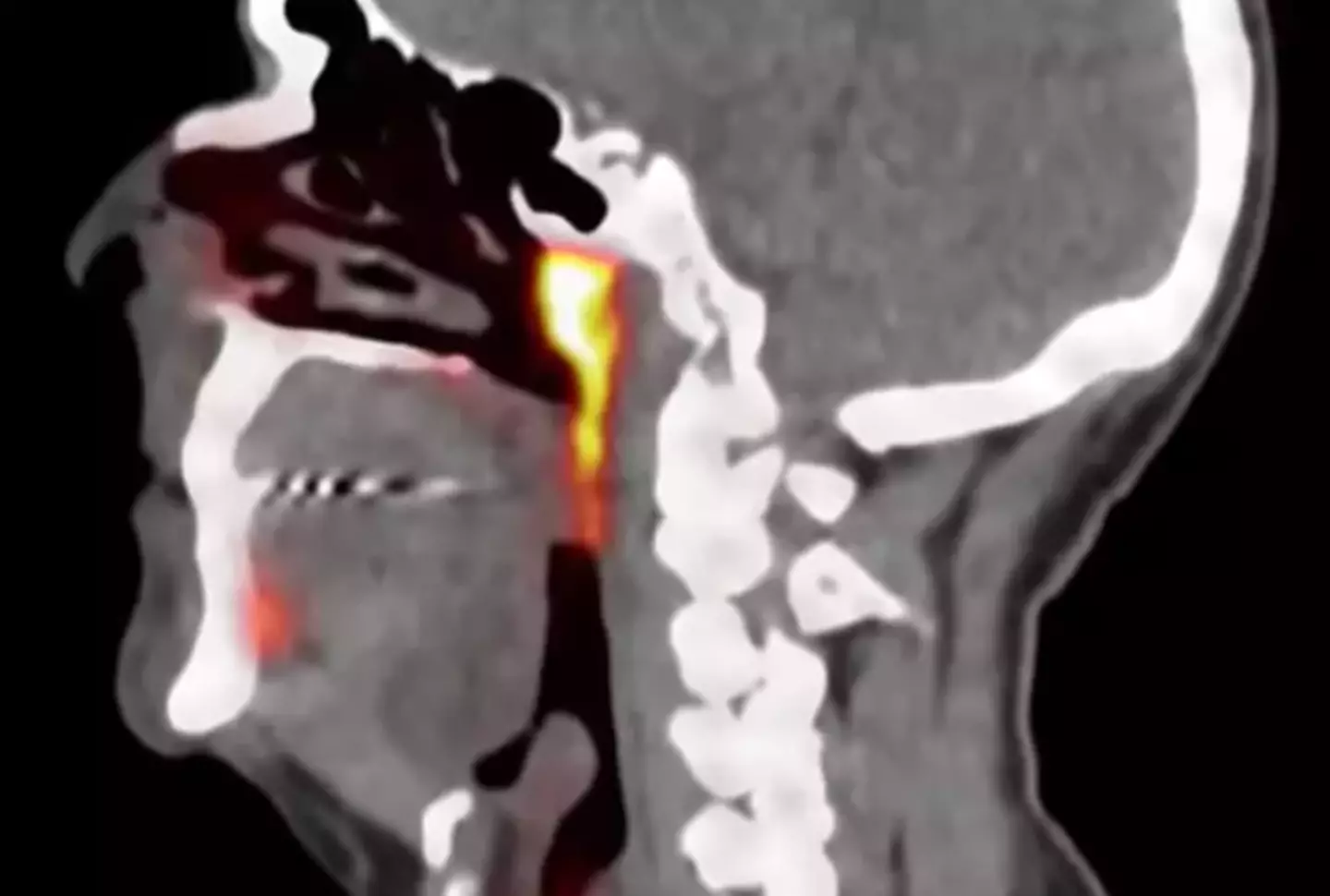

That glowing thing is the organ you've only just heard about (YouTube/Antoni Van Leeuwenhoek)
This marks the first discovery of a major salivary gland since the 18th century and was published in the Radiotherapy and Oncology journal. According to the 2021 PubMed report, researchers used PSMA PET/CT imaging, histological analysis, and 3D reconstructions to confirm the gland’s existence. The glands were described as “predominantly mucous with multiple draining ducts.”
The discovery holds clinical significance. Preserving these glands during radiotherapy (RT), especially in head and neck cancer treatment, could help reduce side effects such as dry mouth and improve patients' quality of life.
As Dr. Vogel and his team emphasized, this finding could change how certain cancers are treated: "Sparing these glands in patients receiving RT may provide an opportunity to improve their quality of life.”
News in the same category


Gynecologist Refuses to Treat Trans Woman, Sparking Backlash Over Refused Care

A 4-Year-Old Girl Nearly Lost Her Life to Diabetes — Parents in Tears: “I Spoiled Her Too Much!”
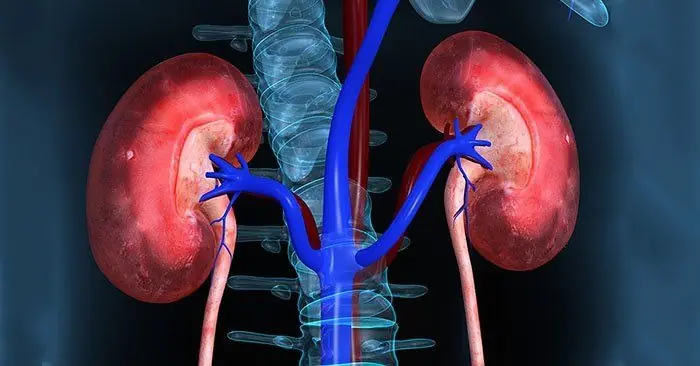
8 Signs of Kidney Failure That, If Ignored, Could Lead to a Lifetime of Dialysis

A 52-Year-Old Man Died from Diabetes: Doctor Warns – Remove These 4 Breakfast Foods from Your Table
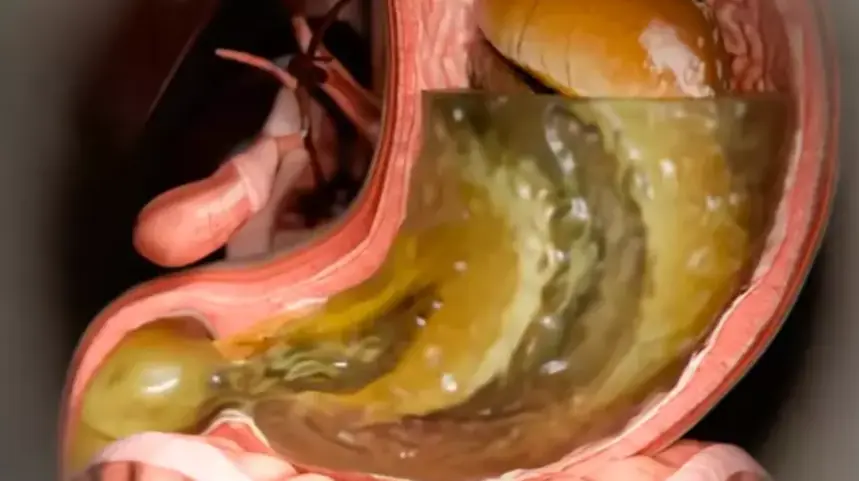
Celebrities Reveal Ozempic Side Effects as Simulations Show Its Impact on the Body

Unlock the Secret Power of Guava Leaves: Transform Your Hair, Skin, and Health Naturally

New Study Finds Anal Cancer Rates Rising, Especially Among Older Women

The Strongest Teeth Whitening Recipe at Home in 2 Minutes: Whitening Yellow Teeth from Tartar Naturally with Tomatoes and… 🍅✨

Alarming Rise In Colon Cancer Among Young People May Be Linked To Contaminated Salad, Study Finds

Alarming Health Alert: Experts Say New Virus Is Nationwide — America Must Prepare Immediately

The Miracle Remedy That Has People Abandoning Hospitals: Cures Cancer, Diabetes, High Blood Pressure, and Poor Circulation!

DIY Lemon Ginger Turmeric Power Shots: Boost Your Health Naturally
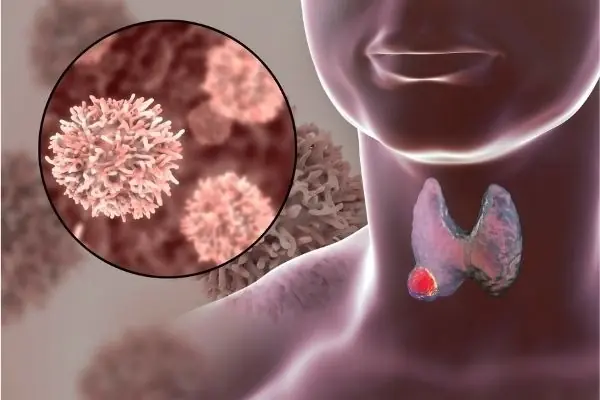
7 Early Warning Signs of Nasopharyngeal Cancer: Even One Symptom Is a Reason to See a Doctor
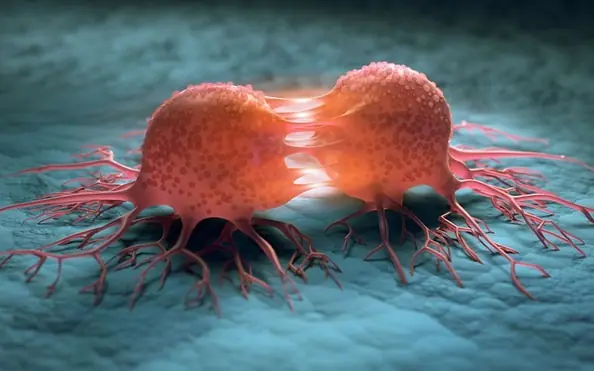
Breakthrough: Scientists Discover How to Revert Cancer Cells Back to Normal

9 Early Signs of Lung Cancer You Should Not Ignore

Professors blame one childhood eating habit for surge in colon cancer among Gen Z and Millennials

Are you sleeping on hidden toxins?

What Your Tongue Says About Your Health
News Post

Black Garlic: Health Benefits and Why You Should Add It to Your Diet

Coronation State Portraits of King Charles and Queen Camilla Spark Mixed Reactions
Two freshly unveiled portraits have reignited a centuries-old royal tradition while sparking a wave of unexpected public commentary.

'Is She Ok?': Nicole Kidman, 57, Sparks Concern After Her 2025 Met Gala Appearance - Video
The "Big Little Lies" actress is a Met Gala regular who often sparks conversation with her bold fashion or dramatic hair transformations.

My Stepmom Demanded I Feed Her & Her Kids—So I Taught Them a Lesson They Won't Forget

The world’s oldest woman, who lived to 117, ate the same meal every day throughout her life

Older Man Is Fired 2 Hours after Taking Store Job, Gets $70K for Wife’s Treatment the Next Day – Story of the Day

Gynecologist Refuses to Treat Trans Woman, Sparking Backlash Over Refused Care

My Daughter Banned Me from Her Wedding, So I Showed up with a Tape That Exposed the Truth – Story of the Day

MY WIFE LEFT ME AND OUR CHILDREN AFTER I LOST MY JOB — TWO YEARS LATER, I ACCIDENTALLY MET HER IN A CAFÉ, AND SHE WAS IN TEARS

A 4-Year-Old Girl Nearly Lost Her Life to Diabetes — Parents in Tears: “I Spoiled Her Too Much!”

8 Signs of Kidney Failure That, If Ignored, Could Lead to a Lifetime of Dialysis

Seeing her husband with another woman, Veronika did not start a scandal; instead, she decided to give her spouse a gift he would never have expected

A 52-Year-Old Man Died from Diabetes: Doctor Warns – Remove These 4 Breakfast Foods from Your Table

I was sitting at the anniversary and kept thinking one thing — it’s time to leave their son.

I Was Forced to Pay Rent to My Future MIL Just to Stay in Her House and Keep My Relationship Alive – Story of the Day

The sick son of wealthy parents married a simple girl, and she took him to the countryside. After six months, the parents barely recognized their son.

Victoria heard the shouting from her apartment while still on the staircase. It was so familiar, and she was so tired of it!

Gender Reveal Event Goes Awry as Husband Declares to Pregnant Wife He's Sterile – Story of the Day
